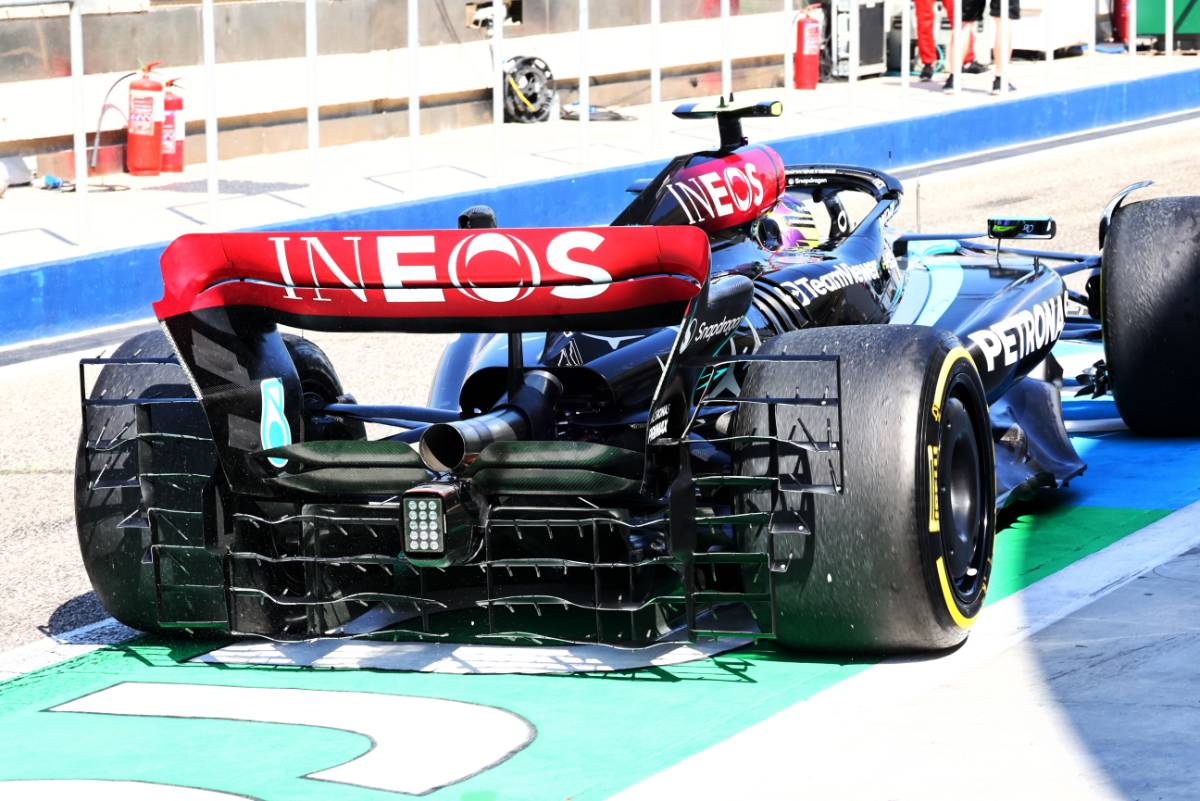
Former F1 driver Johnny Herbert believes Mercedes is entering a critical year in Formula 1 during which it will need to revive its performance or risk facing a “horrible downward spiral”.
Mercedes enjoyed an era of unparalleled dominance in F1, securing an incredible eight consecutive Constructors' Championships from 2014 to 2021 thanks in part to its outstanding proficiency of the sport’s turbo-hybrid technology.
However, Grand Prix racing’s landscape shifted dramatically with the return of ground effect aerodynamics in 2022.
This transition exposed critical weaknesses in Mercedes' design philosophy, particularly their unconventional "zero-pod" concept introduced in 2022 and which was eventually abandoned five races into the 2023 season.
Although the German outfit concluded its year runner-up in F1’s Constructors’ standings, it recognized the need for a fresh approach and committed to a complete overhaul with their W15 challenger.
Read also:
But questions linger over the team’s long-term direction. A failure to bounce back this season could relegate the firmer championship winning squad to an uncompetitive "no man's land" for the foreseeable future according to Herbert.
“They’ve got to get the performance,” Herbert told PlanetF1 when asked about Mercedes’ prospects for 2024. “Now this is going to be a really critical year for them.
“Because if they can’t, or don’t make the car competitive, I think this is going to be a horrible downward spiral which they’ve sort of been in for the last couple of years.

“Because their mindset with their concept obviously hasn’t worked and if it doesn’t work this year, I think there is that horrible situation where they’re probably thinking that they are lost, because I don’t think they know exactly what they need to do.”
Among the grievances expressed last year by seven-time world champion Lewis Hamilton was a complaint about his seating position in Mercedes’ W14.
The Briton felt that the excessively forward position disconnected him somewhat from the car’s behaviour and impacted his perception of movement, a deficit that eroded his confidence.
Among a raft of modifications incorporated in its new W15 design, Mercedes appears to have addressed Hamilton’s concerns by adjusting the driver’s seating position relative to the front wheels.

“With Lewis, one thing that he’s mentioned about his seating position,” commented Herbert. “I know that has shifted a little bit further back.
“It’s a really horrible feeling when, like Lewis says, you’re sitting on that front axle when the car is pivoting around you and you don’t feel that you’ve got any connection with the car at all.
“So it’d be interesting to see if that makes the car more consistent for one thing.”
Keep up to date with all the F1 news via Facebook and Twitter







